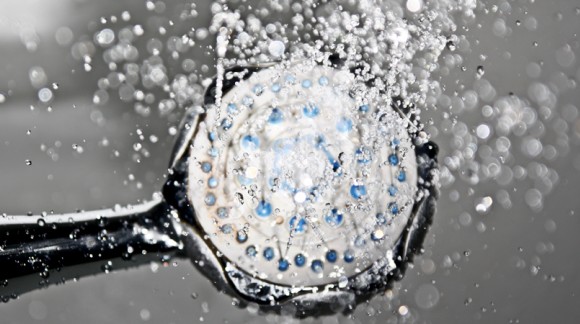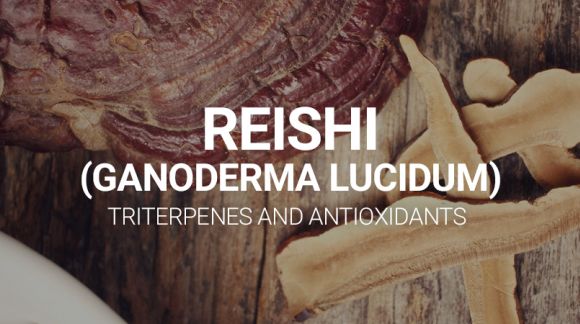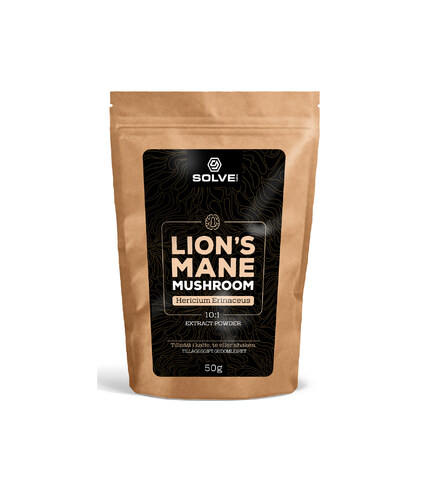The immune system - types of dangers and mechanisms of action (part 1)
.jpg)
The immune system is one of the most important systems in the human body and one of the most complex. It consists of organs, vessels and immune cells, but the number of mechanisms and ways to counteract threats is really large and complicated. Its task is to protect the body against threats, for example cancer cells and pathogens (foreign bodies that are pathogenic factors).
Types of threats and natural barriers
The most basic division of threats and barriers to counteract them is the division into mechanical, chemical and biological. These are the basic mechanisms that work the simplest. They are the first barrier that acts nonspecifically (i.e. they always work the same, regardless of the type of threat). Things that belong to them are reflexes (sneezing, coughing, tearing - this allows you to remove the threat from the body).
Belong to them:
- mucus (located in many internal parts of the body, hinders the growth of harmful microorganisms)
- enzymes (substances that work constantly in the body from different angles, some of them have antibacterial properties, e.g. in saliva)
- bacterial flora (the human body has "good bacteria" from birth, they perform a number of useful functions, including immunity)
- acidic pH (the reaction of individual places in the body is different, for example blood is neutral [pH 7.35-7.45], while in many places, such as the stomach, it is much lower, which kills most bacteria and viruses)
All these elements are physiological basis, which means that in a healthy body they are constantly regulated and provide a certain degree of immunity. They only require support in certain pathological (i.e. abnormal) conditions.
Basic immune organs
We divide them into two groups:
- Central - some immune cells are formed in them, and then react as needed. This group includes the bone marrow and the thymus.
- Peripheral - this is where the body's immune response takes place, i.e. counteracting pathogens. The peripheral organs are lymph nodes, spleen, lymphatic papules, appendix (once underestimated), Waldeyer's pharyngeal ring
All these organs are designed to ensure the proper production and function of immune cells.
Specific and non-specific immunity
SThese are two types of resistance to which all mechanisms are bonded. Non-specific immunity consists of innate mechanisms and more general actions, not directed against specific threats; they always work in the same way, regardless of what the organism is attacked by. The opposite is specific immunity; it is the acquired ability to eliminate particular threats. It works in a specific way, i.e. adapted to a specific threat, and the manner of reaction varies depending on what attacks the body.
Basic immune cells
It is quite a complicated topic, so it is worth focusing on the basics. The immune cells are leukocytes (white blood cells), which are measured in a popular blood count. They are divided into granulocytes (neutrophils, eosinophils and basophils) and agranulocytes (lymphocytes and monocytes), which is also included in basic research, along with their proportions. The first group is produced in the bone marrow and is responsible, among other things, for allergic reactions and preventing parasites. The growth of these cells is also noted, for example, in chronic inflammations or leukemias.
The second group are monocytes and lymphocytes:
The first of them perform their functions in the form of cells presenting the antigen (in the simplest terms, they enable the recognition and stimulation of other cells that will direct actions against a specific threat) and macrophages (these in turn are the prey cells that first reach the point of threat in the body; they exhale bactericidal substances and carry out the process of phagocytosis - they absorb the threat element and digest it).
Lymphocytes, on the other hand, are responsible for specific immunity, they can be called a "specialized" group. A simple example is the administration of vaccines: an attenuated pathogen is injected into the human body that does not pose a threat, but the body recognizes it and produces immunity against it; when this pathogen reappears in the body after some time, the immune mechanism is ready to react. They work against a specific, identified threat and are only directed against it. They fall into two main groups: B lymphocytes (antibody production) and T lymphocytes, and then into further smaller groups.
Apart from lymphocytes, one should mention NK cells (Natural Killer). They have some connection with lymphocytes and their function is to kill the right cells.
Free oxygen radicals - enemy and ally
As you can read earlier, one of the immune cells - macrophages, produces prey substances that kill pathogens. There are many of these substances, but it is worth saying a few words about the most popular free radicals. The term appears in the mass media, most often with advertisements for products that reduce the number of free radicals, so it is worth knowing what we are really dealing with. Simply put, without going into chemistry: these are oxygen molecules that have an unpaired electron, which makes them toxic to organisms. The immune system uses them to fight threats, but too much of them can be harmful to ourselves.
Inflammation
By definition, it is a process that develops under the influence of a damaging agent to protect the body. Such a factor can be, for example, a microorganism, physical or chemical damage. Inflammation aims to remove the threatening factor and allow the body to resume normal functioning. Accompanying symptoms are fever, pain, swelling, and sometimes loss of organ function. The problem is, however, that inflammation becomes chronic - then it should be fought as it is a factor increasing mortality.
Microbiota
This term covers all microorganisms that live in the human body. In the context of immunity, we focus on "beneficial bacteria" - they are found in the mouth, nasal cavity, intestines, lungs, vagina and skin. Microflora is largely responsible for immunity, so it is worth taking care of it by supporting it with proper nutrition or avoiding steroid drugs and antibiotics. The flagship microorganisms from the Lactobacillus group. They acidify the environment in which they are located, making it difficult for pathogenic bacteria to develop, moreover, they produce antibacterial substances and compete with "bad bacteria".
The human body has many mechanisms responsible for its defense. The immune system is one of the most complex: it has the ability to react as general, more prophylactic, and in a specialized response to specific cases. It is important when it works properly, thanks to that, it can protect the body against diseases.







